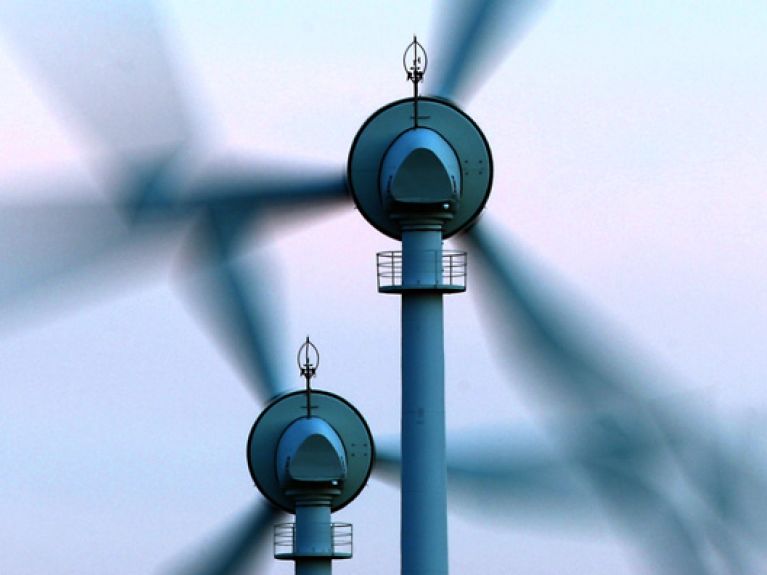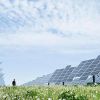Innovative utilization and storage systems
The Frankfurt energy supplier Mainova is testing and running innovative utilization and storage systems for excess renewable energy.

The aim is clear: by the year 2050, 80 per cent of the energy that Germany requires will come from renewable resources, such as sun and wind. At the moment the proportion is a good 12 per cent. So huge efforts will still be needed to meet this ambitious long-term goal. However, the major challenge is not so much a question of energy generation, because today’s solar and wind power plants are already producing more electricity than is needed. The problem lies in the areas of intelligent distribution and storage.
The energy supplier from Frankfurt is now spearheading development in these two areas and offering innovative solutions. A power-to-heat plant is already in operation. It functions like a huge domestic water heater by using excess renewable power to generate district heating. In this way the excess electricity can be utilized, the load on the grid can be relieved and carbon dioxide production can be reduced. During the summer the plant covers about one third of Frankfurt Airport’s heating requirements.
The gas grid as a battery for the future
A power-to-gas plant is still in the test phase. This technique uses electrolysis to convert excess electrical power from solar and wind sources into hydrogen and temporarily store it in the gas grid. Scientists are currently investigating whether it would be economical to go one step further and transform the hydrogen into methane which could then be injected into the gas grid. When the supply of renewable energies falls, the green gas can be transformed back into electricity and heat in highly efficient cogeneration plants, i.e. combined heat and power (CHP) plants. This means that the gas grid could become a battery for the future.
© www.deutschland.de

